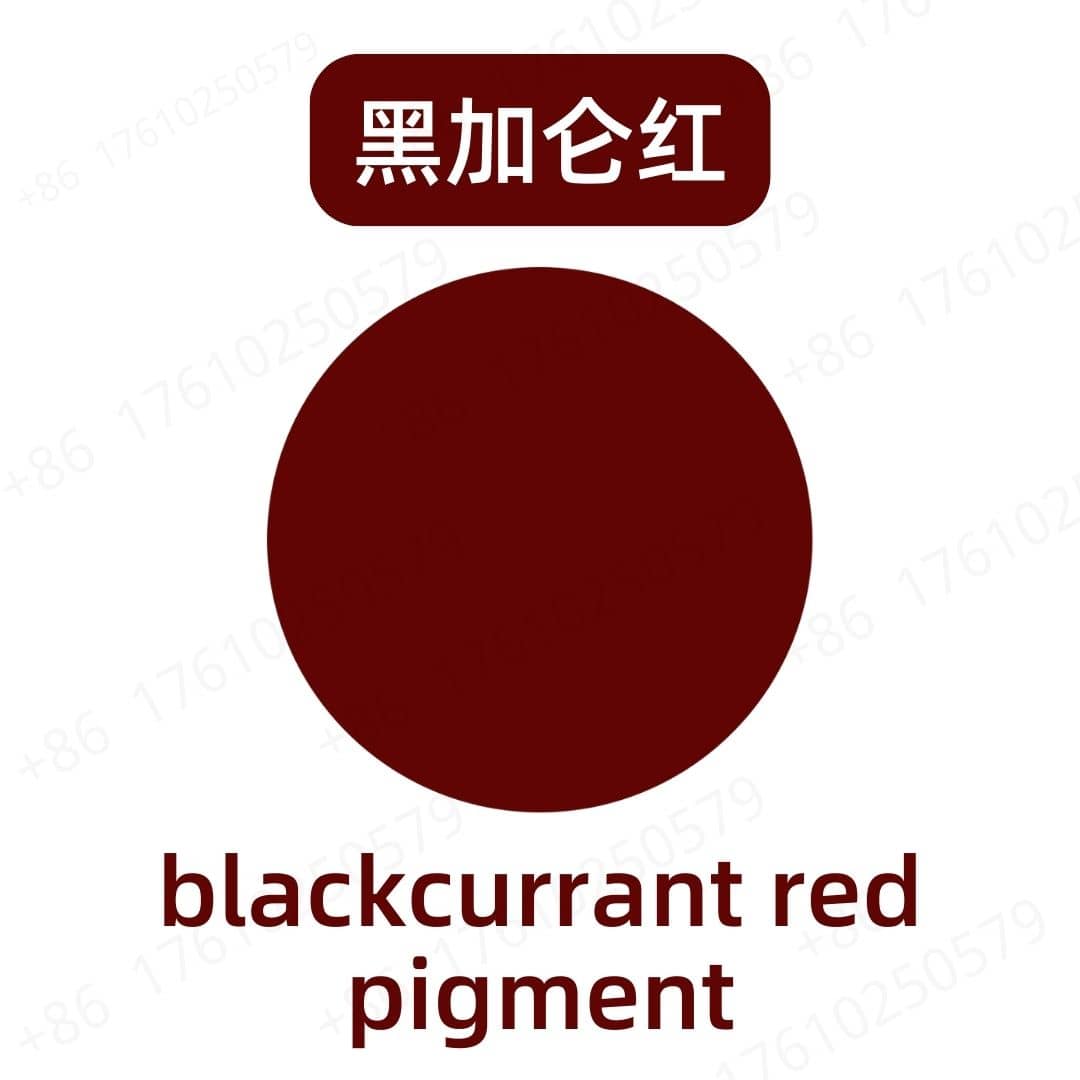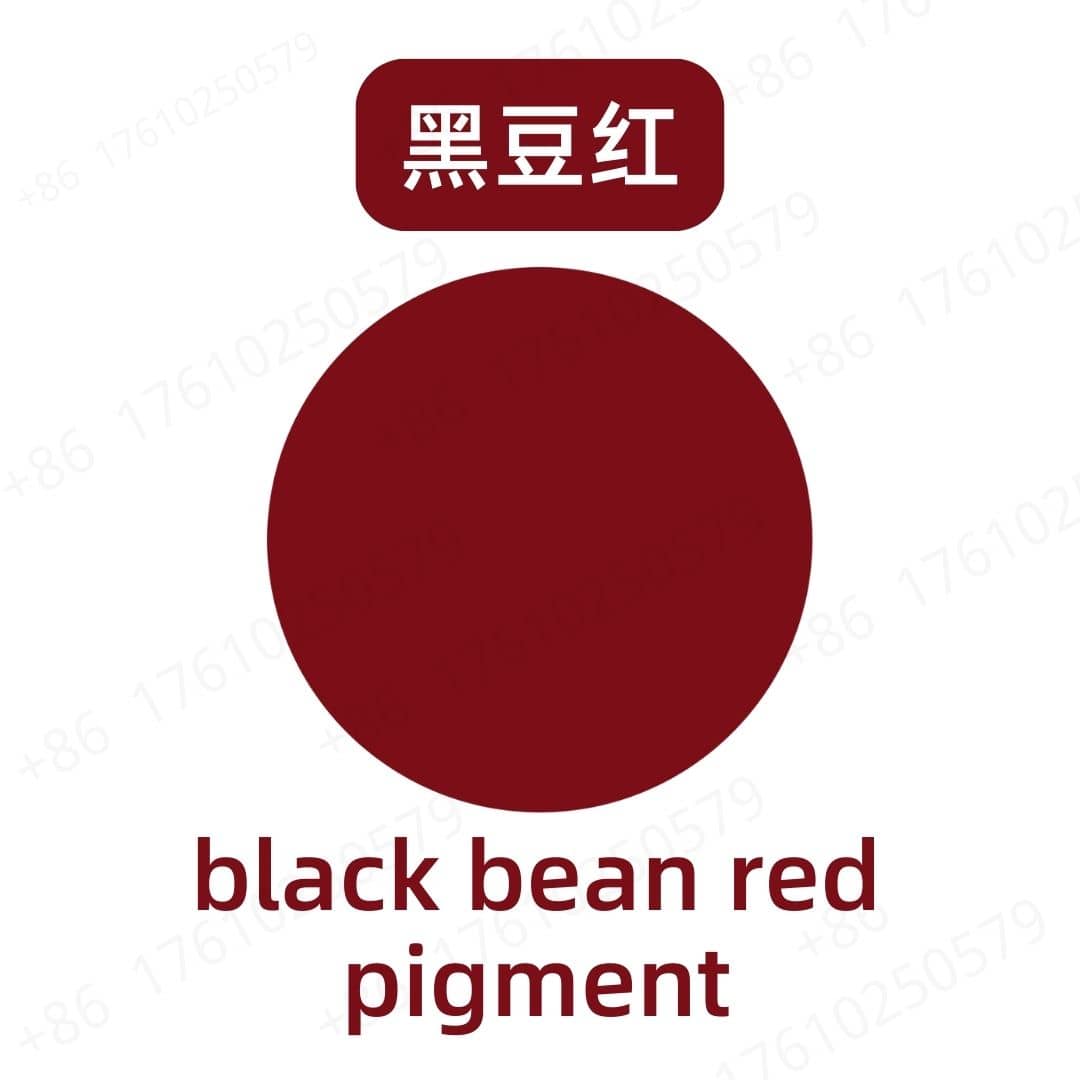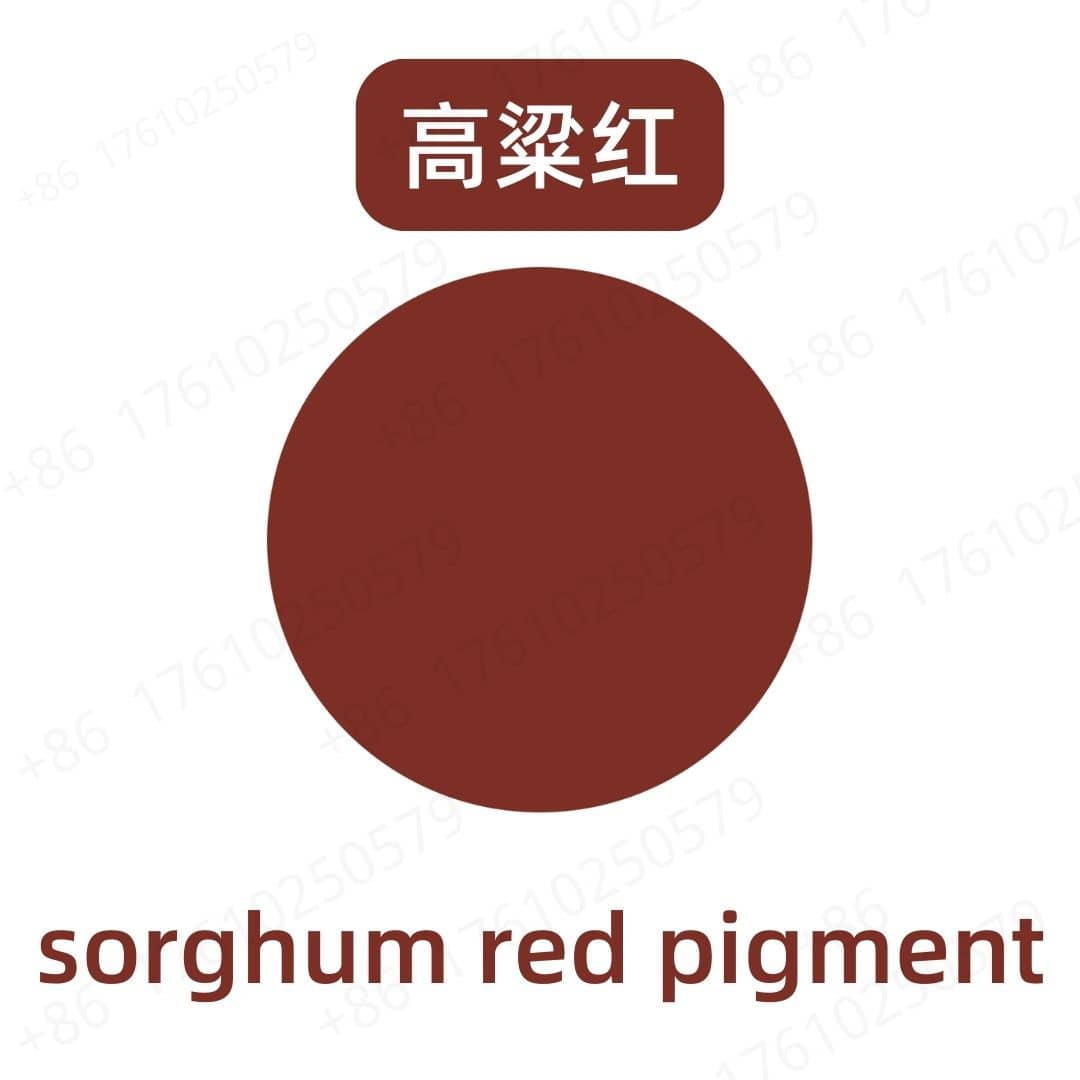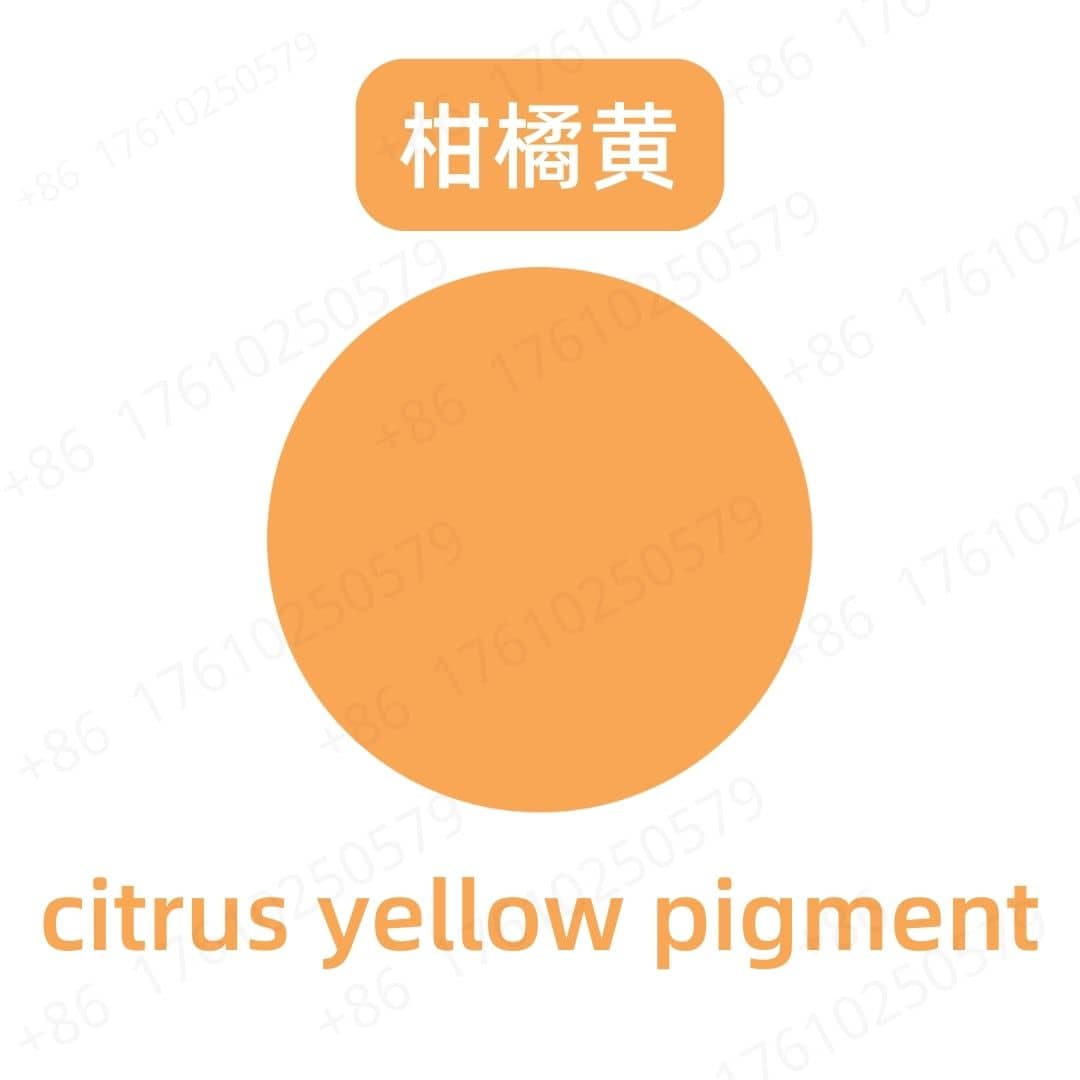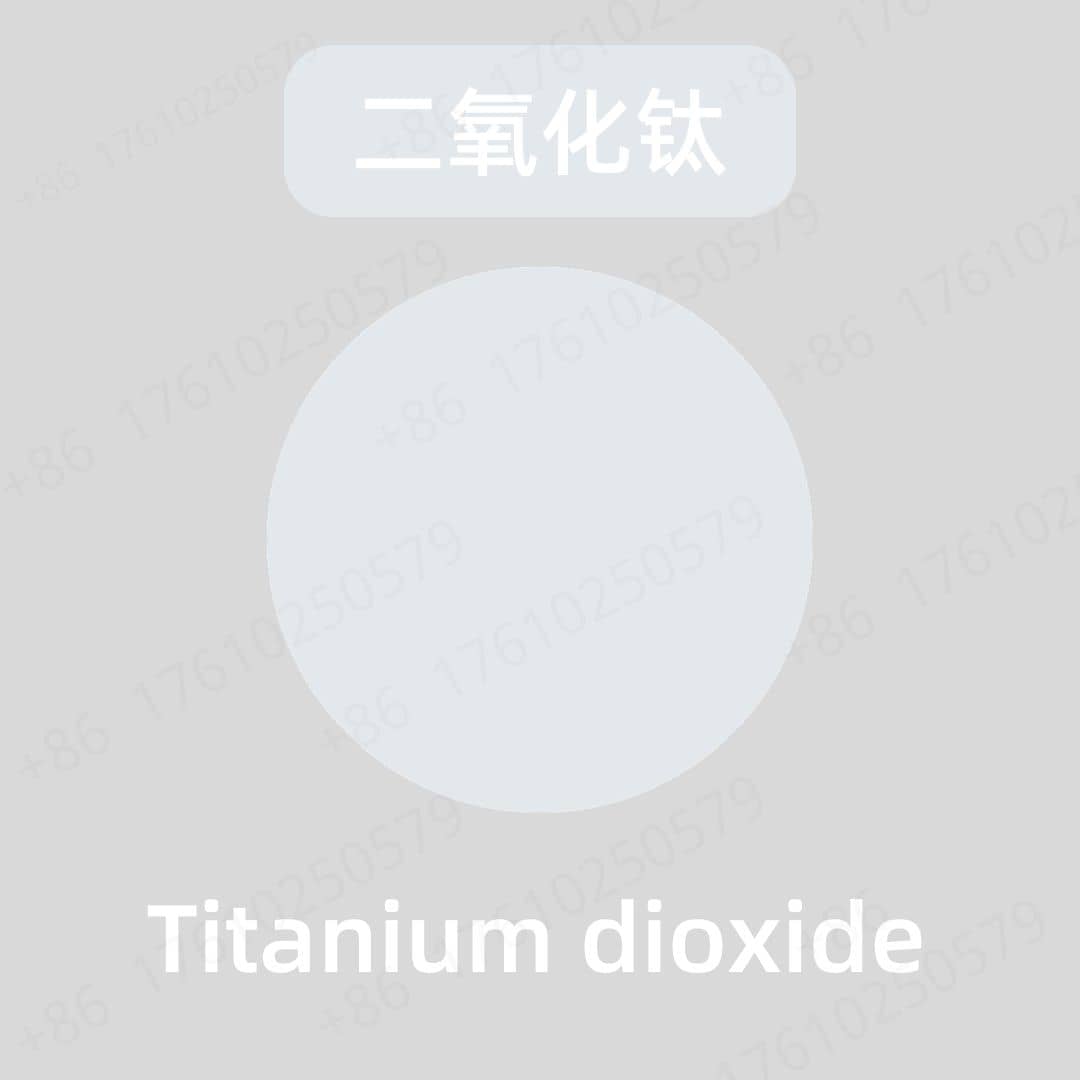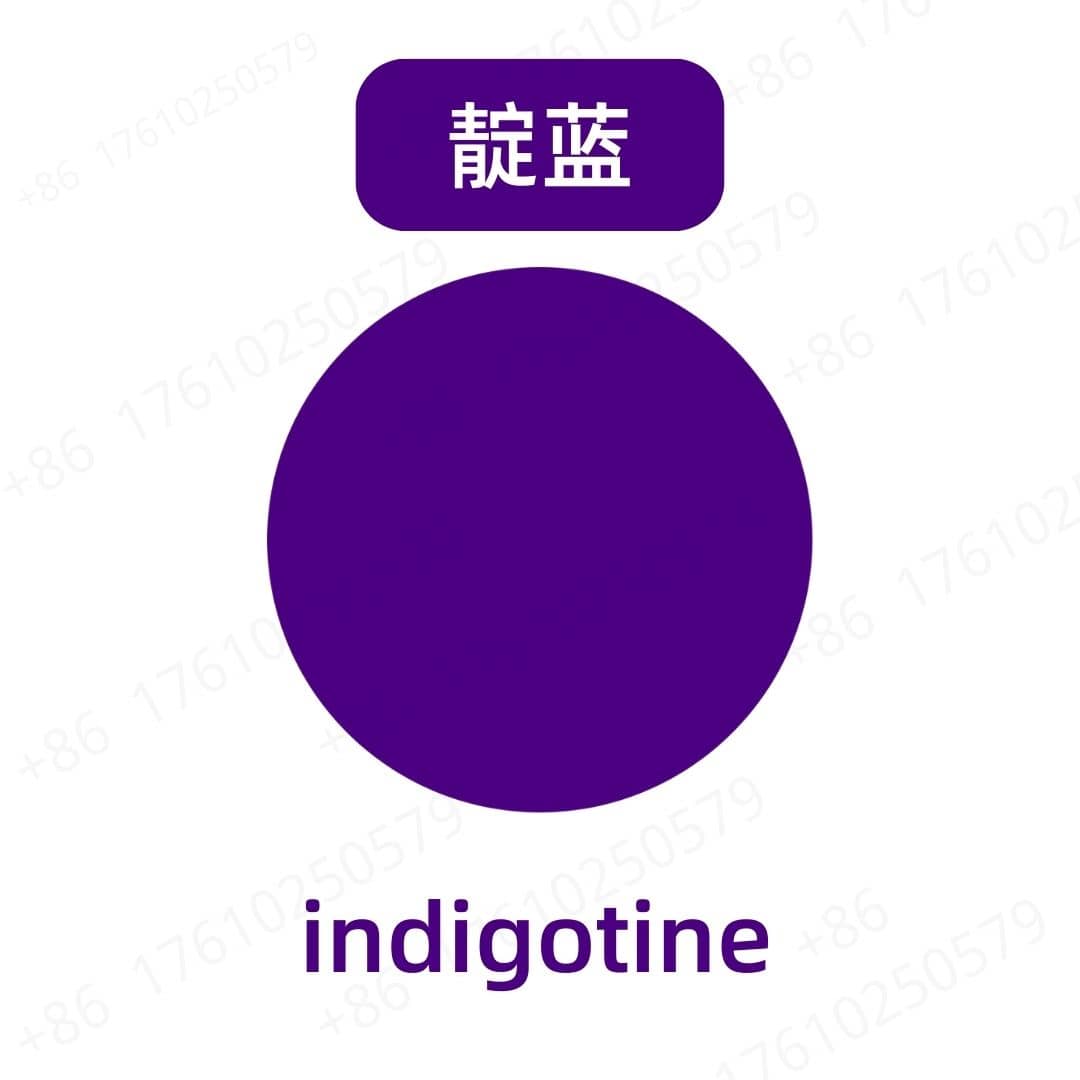Product Introduction
Safflower yellow pigment is a natural colorant derived from the flowers of the safflower plant. It offers a vibrant yellow hue, making it a popular choice in various applications. This pigment is favored for its stability and low toxicity compared to synthetic dyes.
Production Process
The production of safflower yellow pigment involves several steps. The petals of the safflower flowers are harvested and dried before being subjected to an extraction process. This extraction is typically carried out using solvents or water to isolate the pigment. After extraction, the solution is filtered, concentrated, and then spray-dried to form a fine powder. Quality control measures are implemented throughout the process to ensure consistency in color intensity and purity.
Application Scenarios
Safflower yellow pigment is utilized in a variety of industries. In the food industry, it is commonly used to color products such as cheese, beverages, and baked goods. In cosmetics, it serves as a natural colorant for products including lipsticks and face powders. Additionally, it finds applications in the pharmaceutical industry, where it may be used to color capsules and tablets.
Packaging and Storage
Storage Conditions: Store in a sealed, light-proof container, away from high temperatures, in a dry, cool, and well-ventilated place.
Packaging: Bulk: 25kg/fiber drum; Sample: 1kg/aluminum foil bag; Custom packaging available upon request.
Shipping Methods: FedEx, DHL, dedicated logistics, and sea freight consolidation.
Shelf Life: Two years
Monica Sun possesses extensive technical expertise and market insights in the food additives industry. She excels in designing efficient and safe additive formulations tailored to various food applications, ranging from sweeteners to functional dietary fibers. Monica has successfully assisted food manufacturers in optimizing ingredient combinations to enhance product quality and improve consumer satisfaction.









